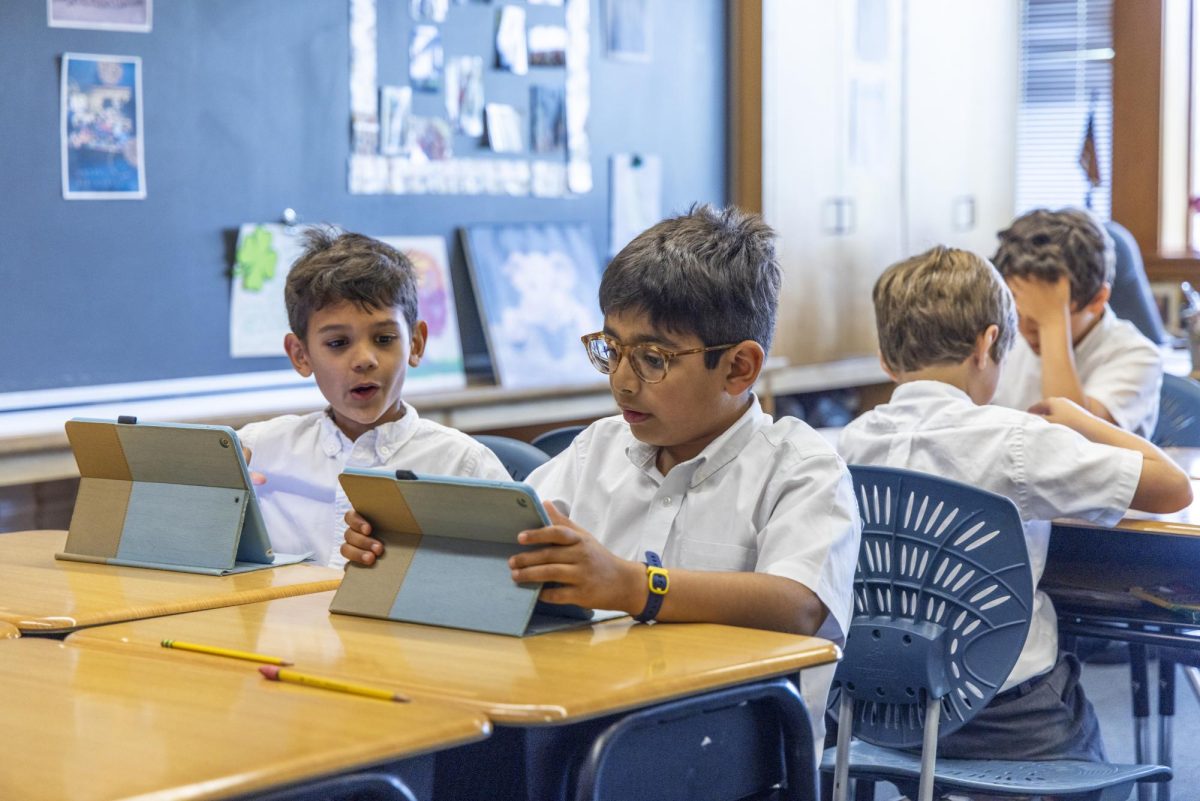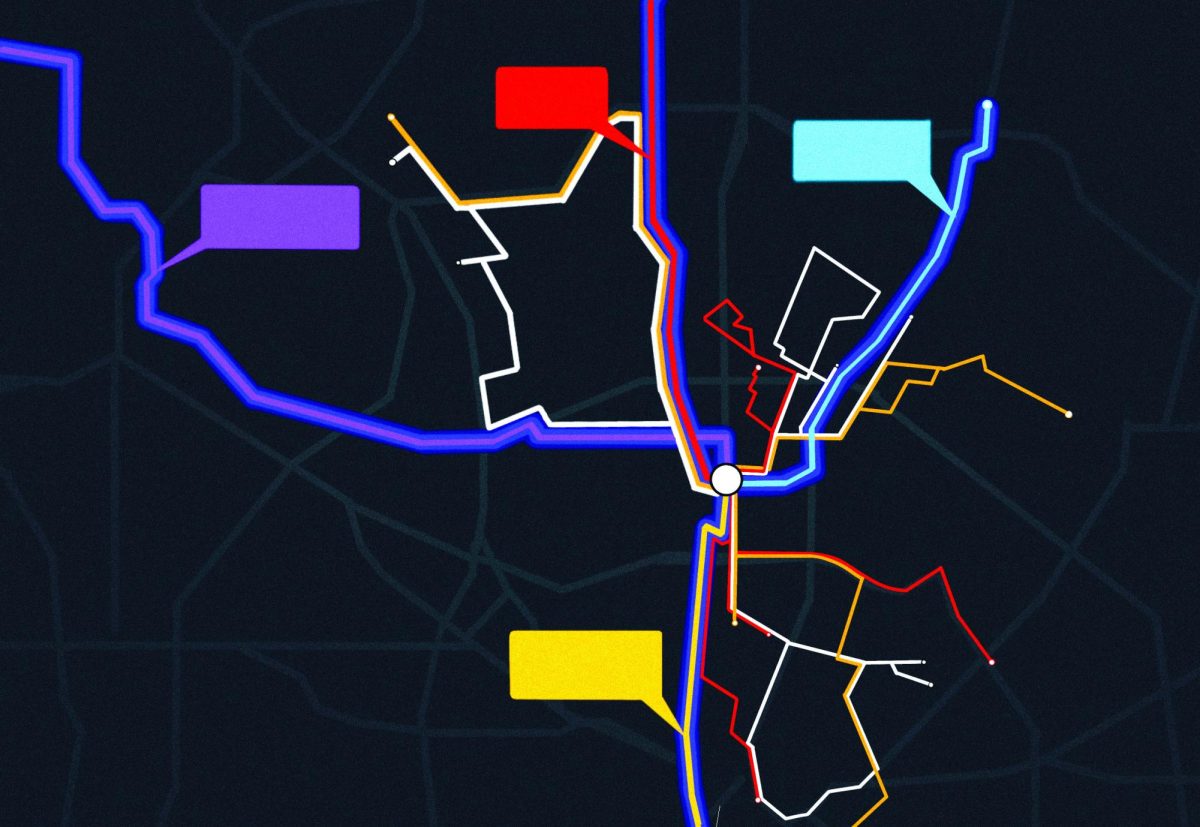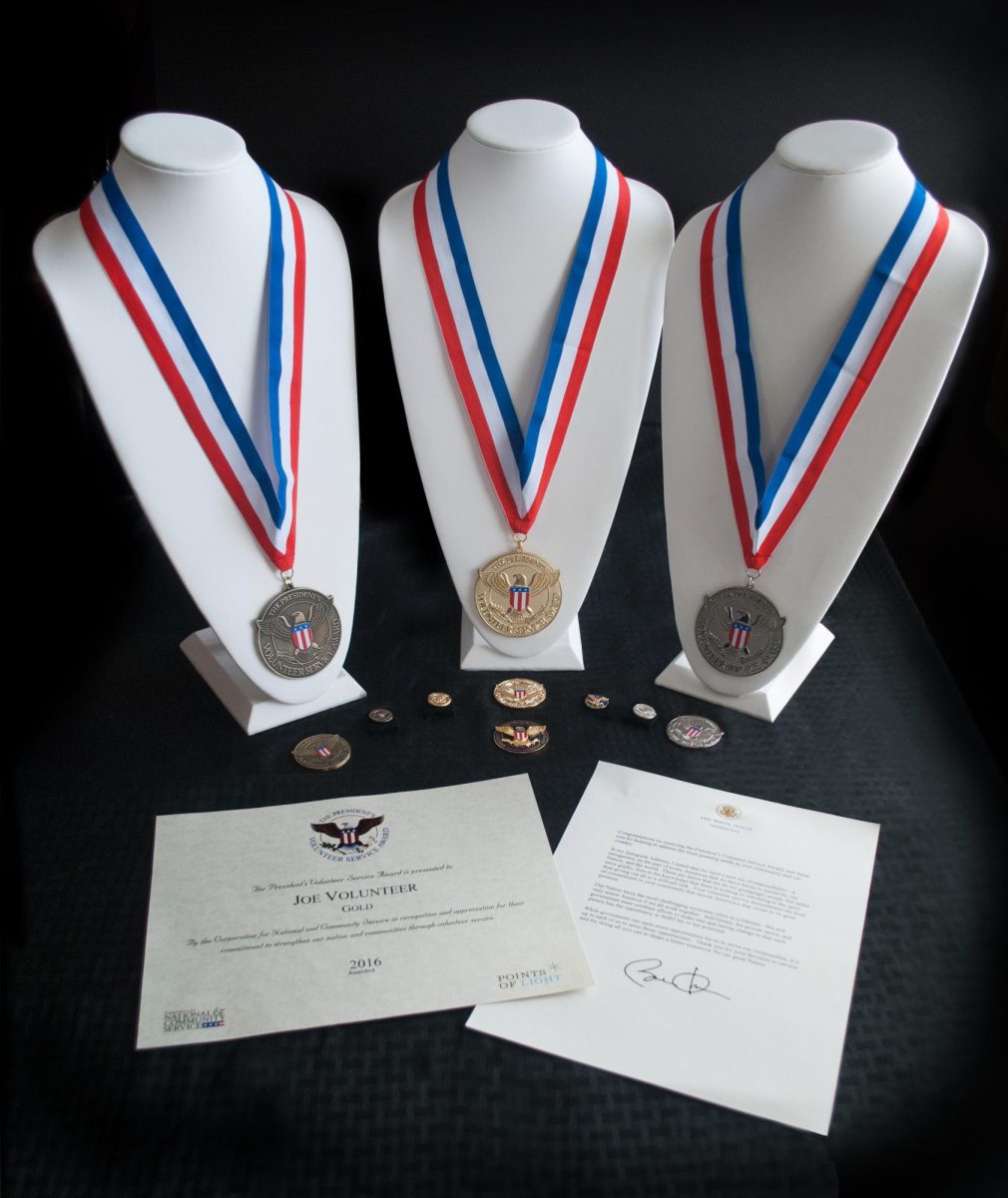In a digital world where computers are so prevalent, many people expect technology to be used everywhere in academic classrooms. Technology often has the potential to expand understanding on a topic, by adding different perspectives. However, some people emphasize the downsides to technology.
Beginning in first grade, students are introduced to technology in both science and computer science classes. In computer science teacher Aimee Whitaker’s Lower School classes, students are introduced to basic coding, digital citizenship and work with robots. Similarly, Lower School science specialist Matt Dillon focuses on teaching about various technologies, giving them opportunities to explore.
“We’ll use iPads and we’ll do some virtual reality activities with goggles,” Dillon said. “We will also teach the third grade boys how to use Inkscape and use that with the laser cutter to make something. In fourth grade, we teach them CAD in Tinkercad and then they can start making things on a 3D printer just to introduce them to that.”
Dillon believes that having accessible technology in the classroom brings the added benefit of allowing the students to be involved with different experiences that they otherwise wouldn’t be able to have, but technology also comes with several downsides.
“I think one of the things that happens as we get too reliant on technology, we lose the aspect of hands-on-learning,” Dillon said. “Are students learning something as well as if they can actually feel it, pick it up and physically move it from one side of their desk to the other? Why would I want a kid to get on a computer and try to digitally pollinate a flower when I can have them hand-pollinate a flower in real life, have that flower develop into a seed and then take home a plant that has gone through that whole process?”
Lower School classrooms give students a foundation in their exposure to new technology, but as students grow older and transition into Upper School, being able to effectively use technology is imperative—almost all assignments require students to use computers for various purposes.
For some, however, this usage appears to be overwhelming. To address this issue, Latin and Classics instructor David Cox attempts to keep Marksmen from needing to use their laptops in the classroom. He believes that computers serve more as sources of distractions to students in the classroom rather than being useful learning tools.
“I oppose using laptops,” Cox said. “I think there’s no place for them in the classroom. I’m not opposed to technology; I think it’s a wonderful tool, but a lot of students cannot open their laptops without going down some rabbithole. For example, with fifth graders, as soon as a laptop opens, they all flock to it like moths to the candle. It’s really more of a distraction than a tool.”
But, Cox still appreciates technology’s helpful aspects when devices are actually used as tools. He believes that the internet can help reinforce what a teacher has taught during the class, as countless websites provide anecdotes that supplement in-class learning. For Cox, these aspects are beneficial for students in understanding new material.
In the end, both Dillon and Cox share similar viewpoints: technology can either be a useful tool or a detriment when teaching, and they both strive to discover a healthy balance between hands-on activities and digital learning for students.
“There’s a place for technology and there’s a place for reality,” Dillon said. “And as a teacher, I think we’re responsible for giving the student the best of both worlds.”
Lower Schoolers learn technology, gain advantage
Eric Yi and Ronit Kongara
April 19, 2024
Categories:
HANDS ON Second graders Declan Tolia and Hridaan Soni use iPads in their Lower School classroom.
More to Discover
About the Contributors
Eric Yi, Life Editor
Ronit Kongara, Head Writer








